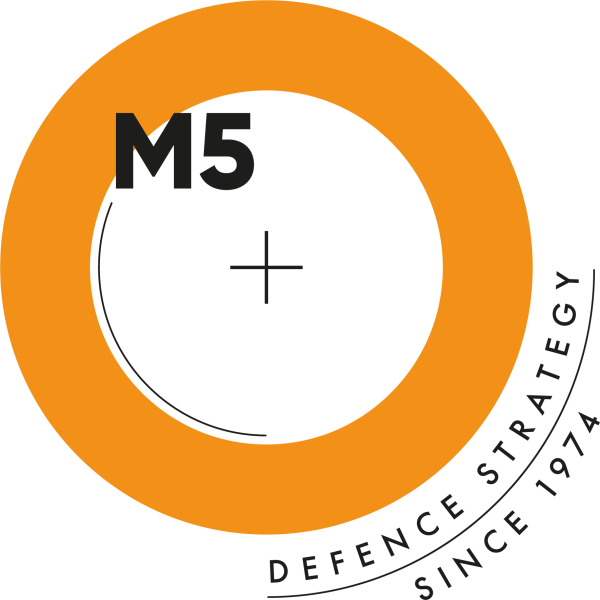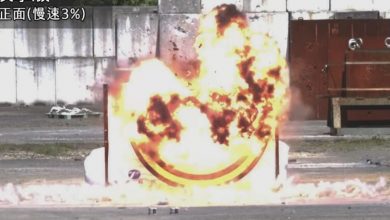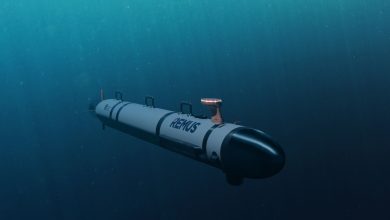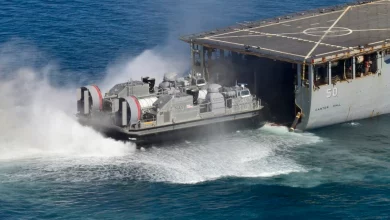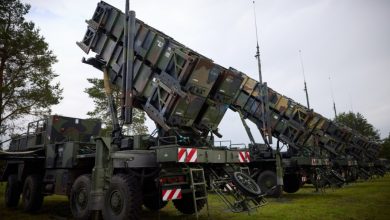Report: US Commander warns of Chinese army modernization threats

The rapid modernization of China’s People’s Liberation Army (PLA) under Chairman Xi Jinping and the persistent threat of cyber espionage from the Chinese Communist Party (CCP) were central topics during a briefing by Brig. Gen. Doug Wickert, commander of the 412th Test Wing, on Monday.
Speaking at Edwards Air Force Base during the annual Back-in-the-Saddle Day, Wickert painted a stark picture of the risks facing the U.S. and its allies.
“Years of persistent Chinese Communist Party cyber espionage, to include malware inside U.S. critical infrastructure such as electrical, water, and transportation systems, has left America and its allies vulnerable,” Wickert said. “There are now at least a dozen telecom companies that have acknowledged being infected.” He added that such espionage has enabled the CCP to surveil senior government officials and their networks.
“The CCP now knows who my government phone has talked to for at least the last four years, and they’re still there, and we can’t get them out,” Wickert said. “That’s uncertainty. That’s risk. And it makes for a very, very dangerous world right now.”
Wickert noted the unprecedented pace of PLA modernization, describing it as “far outpacing” similar efforts by the United States. He highlighted the growing numerical superiority of the PLA in modern military assets stationed west of the international dateline. By 2027, the PLA is projected to surpass the U.S. with a 12-to-1 advantage in modern fighter aircraft, a 3-to-1 advantage in maritime patrol aircraft, and a 6-to-1 edge in modern submarines.
In December, the PLA conducted a large-scale naval exercise near Taiwan, deploying more ships than any allied exercise since World War II. During the exercise, the PLA skirted Taiwan’s territorial waters, staged mock attacks on shipping, and simulated a naval blockade.
The PLA has also developed mock facilities in the Gobi Desert, including replicas of Taiwan’s Taichung International Airport and a full-scale U.S. Navy Gerald R. Ford-class aircraft carrier, signaling preparation for potential conflict.
Edwards AFB’s Role in Modernizing U.S. Defense
Brig. Gen. Wickert underscored the importance of Edwards Air Force Base in countering these threats, citing the base’s role in developing advanced technologies such as the B-21 Raider. The new stealth bomber, with an initial order of 100 aircraft, will become the cornerstone of the U.S. Air Force’s bomber fleet.
“This is one of the many, many things that you are working on right here that will change Chairman Xi’s calculus about our readiness,” Wickert said, pointing to an image of the B-21 Raider.
Wickert’s remarks echoed sentiments from his November 2024 Town Hall when he addressed Chairman Xi directly, stating, “The men and women of Edwards Air Force Base are doing their war-time mission right now. They are accelerating Test. They are delivering integrated capability to the warfighter. Today is not the day to start World War III, because we have this.”
As the PLA continues its rapid modernization, Wickert emphasized that the mission of Edwards Air Force Base is critical in maintaining U.S. readiness and deterring aggression in the Indo-Pacific region.
